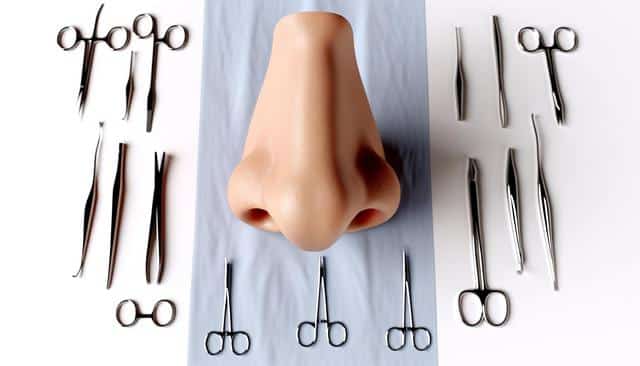Choosing the Right Clinic and Surgeon
When considering rhinoplasty surgery, selecting the right clinic and surgeon is vital. It’s essential to look for providers with extensive experience and a strong track record of successful outcomes. Searching for ‘rhinoplasty surgery near me’ can yield a list of local specialists, but it’s important to conduct thorough research into their credentials and patient reviews. Additionally, some individuals choose to travel abroad for procedures, with locations like Turkey being popular due to their reputation for high-quality care and competitive pricing. When considering rhinoplasty surgery in Turkey, ensure that the clinic is accredited and that the surgeon is well-qualified.
Weighing the Benefits and Risks of Rhinoplasty
Rhinoplasty offers several benefits, including enhanced facial symmetry, improved nasal function, and increased self-confidence. However, like any surgical procedure, it also carries potential risks and complications. These may include infection, bleeding, or dissatisfaction with the aesthetic results. To make an informed decision, it is crucial to have a comprehensive discussion with the surgeon about the benefits and risks of rhinoplasty. They can provide personalized advice based on your medical history and desired outcomes. Understanding these factors helps set realistic expectations and prepares you for the surgery journey.
The Recovery Process
One of the most important aspects of rhinoplasty surgery is understanding the recovery process. Rhinoplasty surgery recovery varies from person to person, but typically involves some initial discomfort, swelling, and bruising. Patients are usually advised to take a few weeks off work to rest and heal. During this time, following the surgeon’s post-operative care instructions is essential for a smooth recovery. This may include wearing a nasal splint, avoiding strenuous activities, and attending follow-up appointments. Being informed about what to expect can help alleviate anxiety and ensure a more comfortable recovery experience.
Final Considerations Before Your Procedure
Before scheduling your surgery, it’s important to consider all aspects of rhinoplasty. Make sure you have a clear understanding of the costs involved and whether your health insurance will cover any part of the procedure. Discuss with your surgeon any pre-existing conditions or concerns that might affect your eligibility for the surgery. Lastly, having a support system in place can be invaluable during your recovery period. Friends or family members can assist with transportation, daily tasks, and provide moral support as you heal. By thoroughly preparing and considering these factors, you can approach your rhinoplasty surgery with confidence and peace of mind.

